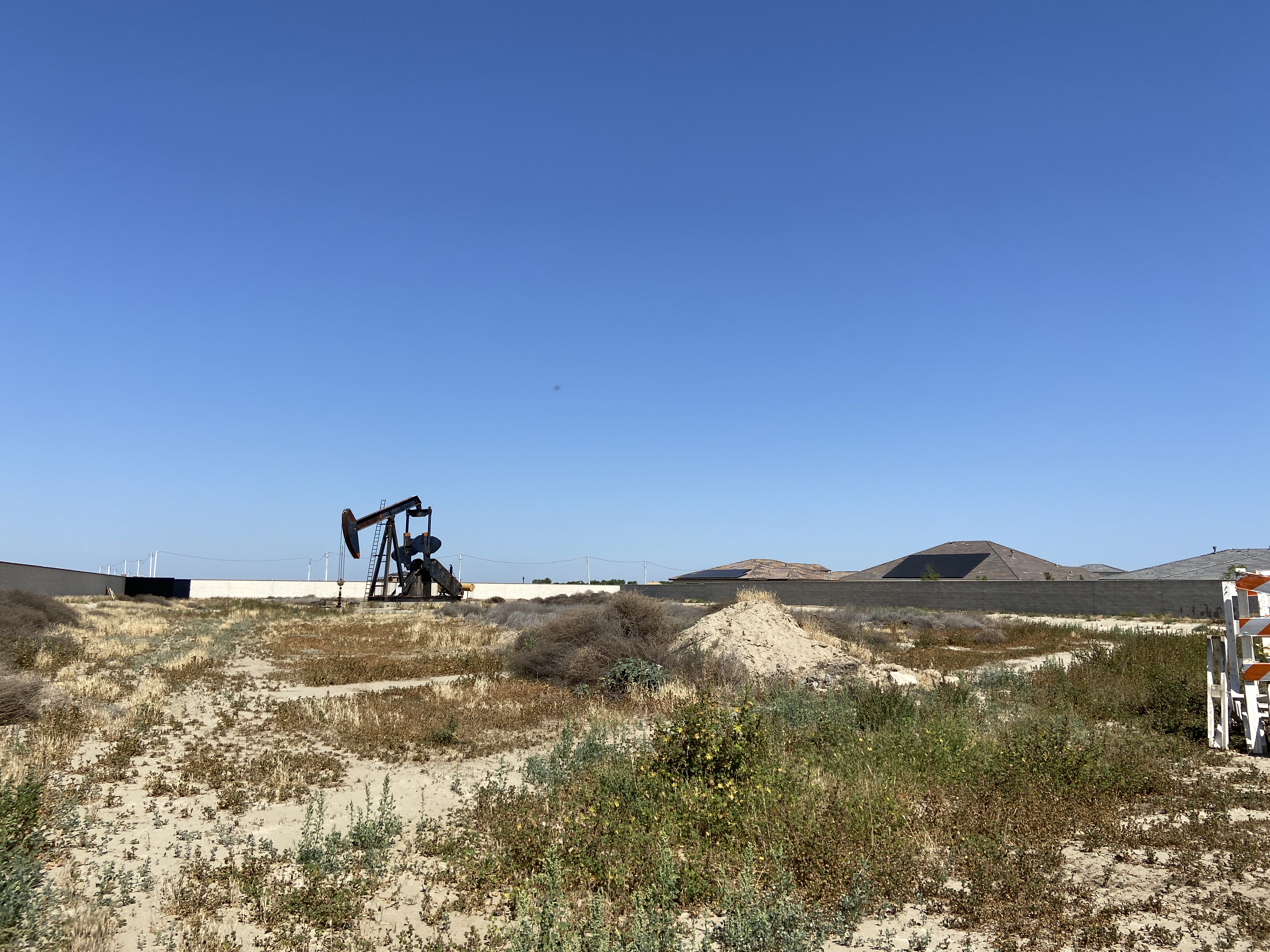Black Gold: Living in the Shadow of an Oil Field
Something in the Air
Press play to listen to the podcast version of the article
My family isn’t originally from Bakersfield.
My parents fled El Salvador during a brutal civil war in the 1980s to seek out a safer life in the U.S. Their first home was in Baldwin Park, a small city east of Los Angeles. It was there far away from the war that they started a small family: me, my older brother Erick, and my younger brother Edgar.
It wasn’t too long before my dad got a new construction job in Bakersfield and we made the move to California’s Central Valley, home of some of the largest oil producing fields in the country.
There, one by one, members of my family started having strange symptoms. My mom was the first to feel it.
“I started to have a lot of rashes on my skin,” she said. “I couldn’t believe it. I got itchy all over my body, my arms. I thought it was because of the sun.”
My older brother Erick, who was only 10 years when we moved, soon discovered the dangers of living in the Central Valley.
“One of the bigger things that people were talking about here in the city [was] that the air quality is so bad,” he said. “People get 'valley fever' all the time, they have lung issues because of all the dust and the pollen they inhale throughout the day.”
Valley fever isn't like a normal cold or flu. It’s a fungus that lives in dirt that contaminates the air. Once a person breathes in that fungus, it goes into their lungs where it can cause and causes a nasty infection. According to the Department of Public Health, more than 3,000 Kern residents were infected with the fungus in 2019.
People living in the cities closest to the McKittrick and Midway-Sunset oil fields — like Maricopa, Taft and Buttonwillow — are five times more likely to catch the fungus each year than those who don't.
My dad was one of those infected. He had a high fever, painful headaches and rashes on his upper body for over a week. When he was sick, all my dad could think about was recovering. “Thank God that fungus left my body,” he said.
But it doesn’t end there. My little brother Edgar, who was just starting kindergarten, seemed to get the sickest.
“He started having some white marks, kind of like hives, all over his skin,” my mom said.
Edgar was also nauseous and vomited very frequently. Whenever my parents would take him to the pediatrician for a checkup, the doctor said he had a sensitive stomach.

A pumpjack sits in the backyard of a new housing development in northwest Bakersfield, California
We didn’t realize it then, but the symptoms we were experiencing had to do with the air quality and pollution in the oil capital of California. According to the Population Reference Bureau, about 20,000 children and over 50,000 adults suffer from asthma in the region. And almost 26,000 residents have Chronic Obstructive Pulmonary Disease, which blocks the airflow to the lungs and makes it harder to breathe.
Such health troubles are why, in 2014, Time Magazine ranked Kern as one of the worst places to breathe in the nation. The county also received a “F” ranking by the American Lung Association in 2022 for its high ozone and year-round pollution levels.
The negative symptoms of breathing such contaminated air can be mistaken for allergies. In the Central Valley, it seems as though everyone complains about their allergies no matter the season.
It’s not just a runny nose and a cough. Almost every part of the body seems to be affected. A 2018 study by the University of Colorado found a plausible link between heart disease and living near oil wells. The American Lung Association says that in 2022, 40,000 Kern County residents — more than one in every 25 people — suffer from cardiovascular disease.
Kern County is also home to seven of California's 10 largest oil fields. They are among the 50 active oil fields there. Many of its neighborhoods are directly within or next to an active field, as was the case for my family. According to the Fractracker Alliance, more than 71,000 of Kern's residents - about one in 14 - live within a half mile of an oil well.
From my family's home to the closest oil well was just a 10-minute walk. “I didn’t realize we lived that close to an oil field,” Erick explains in hindsight.
A whole lot of Californians - more than 2 million - live within 5 miles of a well, but like my brother, many of them don't know it.